After mashup foods became all the rage, food fusions have also taken a healthier turn. Hybrid fruits and vegetables are grown by cross-pollinating two different varieties of a plant, producing a hybrid offspring that has traits of both plants. The result: vegetables with funky names. Check these out below and you’d be surprised at how many of them you can find at your local grocery store.
Kalettes (kale + Brussels sprouts)
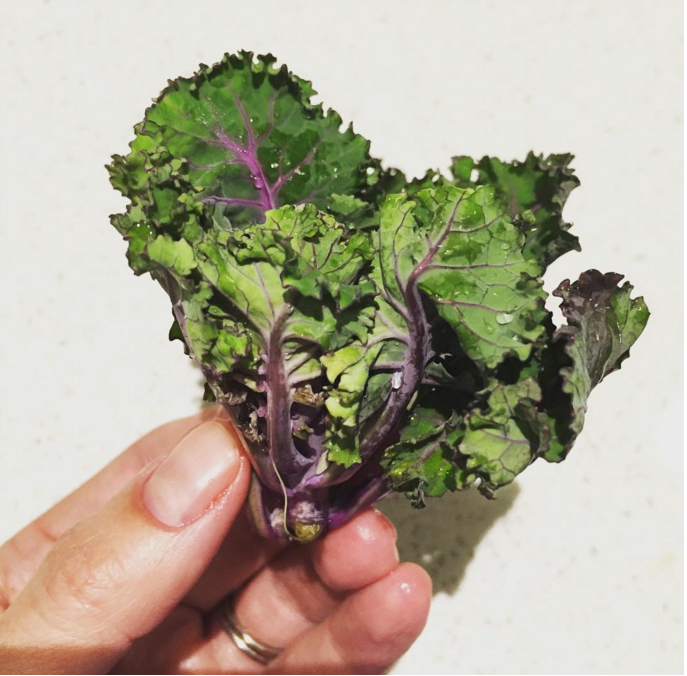
Photo courtesy of @nugenf1 on Instagram
Developed by Tozer seeds, kalettes are a small green and purple cabbage-like sprout with curly leaves, made when kale is crossed with Brussels sprouts. They’re currently sold in Trader Joe’s and Whole Foods. According to this recipe for garlic-roasted kalettes, they have a “nutty flavor with a slight sweetness and a contrast of crunchy and chewy textures.”
Broccoflower (broccoli + cauliflower)
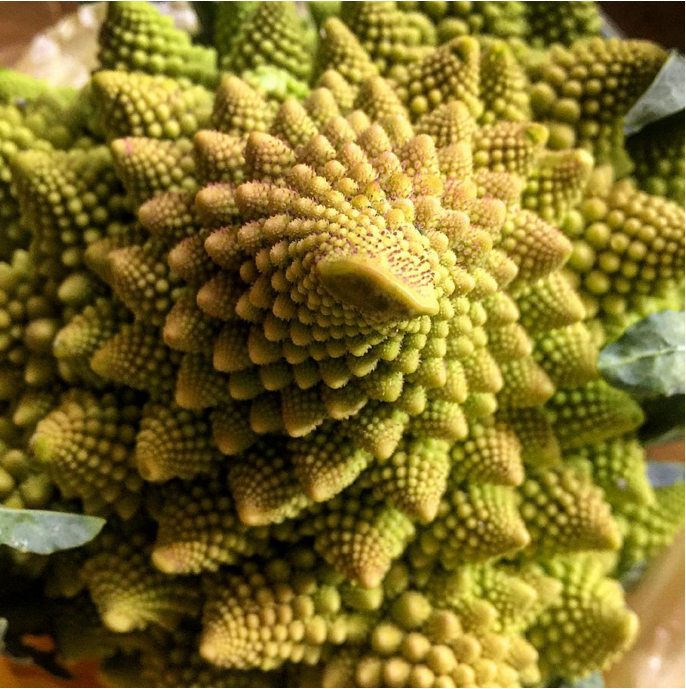
Photo courtesy of @myco_fusion_a.b._ on Instagram
Broccoflower (also called Romanesco) was originally grown in Holland and has been in the U.S. market since 1989. Although it’s stayed mostly in specialty stores since then, its growing popularity means that it’s becoming a mainstream product. It tastes similar to cauliflower, but with a crunchier texture and a nuttier taste. For all you math nerds, broccoflower is also a fractal food.
Pluot (plum + apricot)
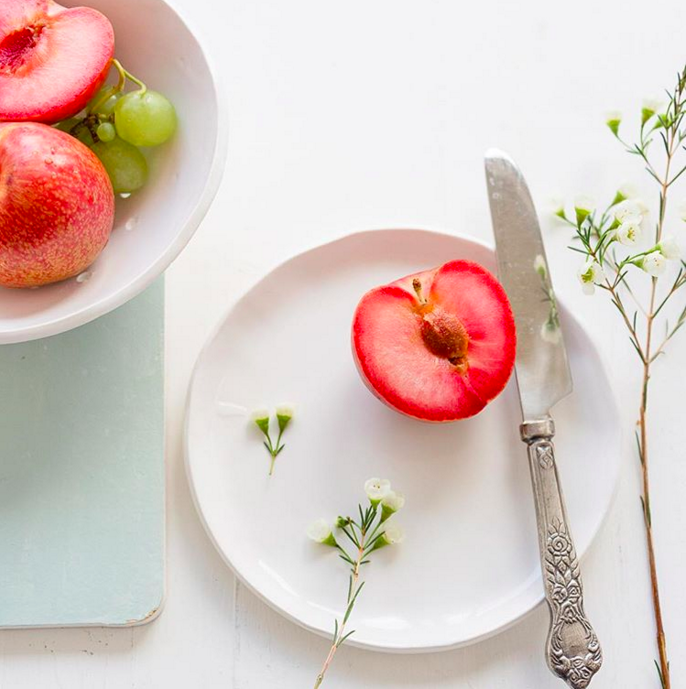
Photo courtesy of @aupetitgout on Instagram
These are also known as apriums, apriplums or plumcots. Floyd Zaiger, a Nebraskan biologist, developed pluots in the late 20th century. Nowadays, pluots have a number of varieties and are one of the more common hybrids we see today.
Blood Lime (red finger lime + Ellendale mandarin)
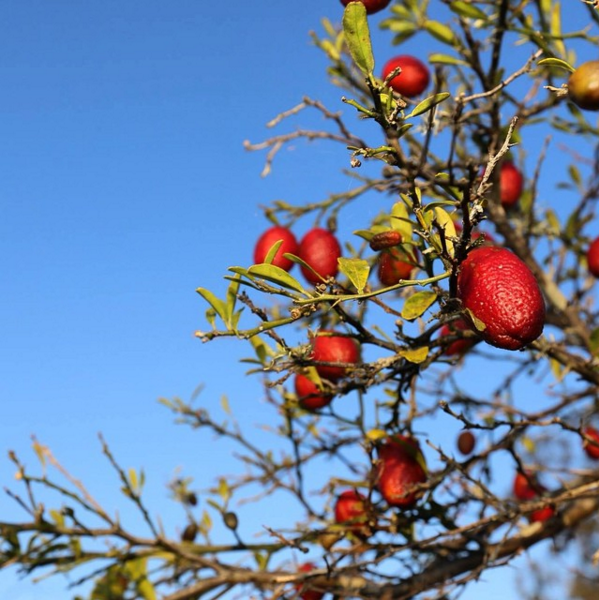
Photo courtesy of @macleayvalleyfoodbowl on Instagram
These striking fruits are lime-shaped with a rich, dark juice and flesh. They are a hybrid of the red finger lime and the Ellendale mandarin, which is a hybrid itself of sweet oranges and mandarin oranges. These can be used in recipes the same way as blood oranges.
Tayberry (blackberry + raspberry)
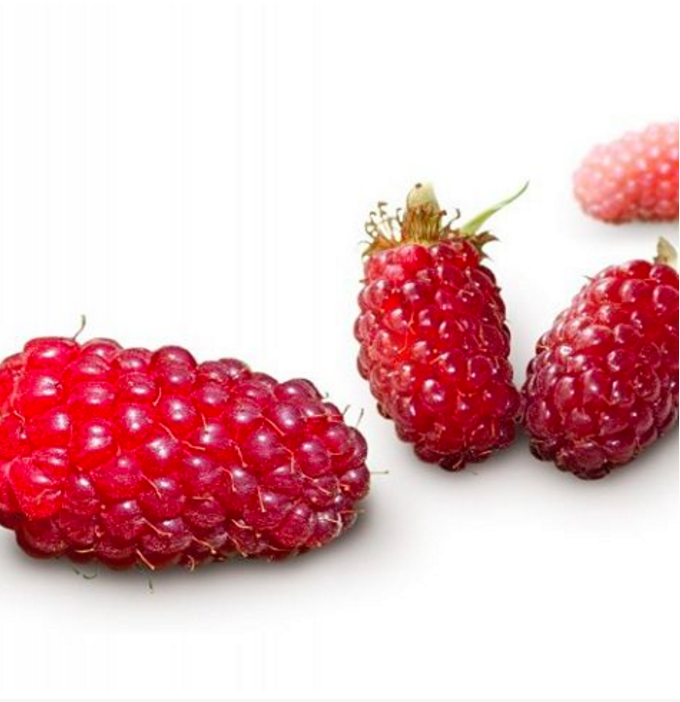
Photo courtesy of @tomofruit on Instagram
These are cone-shaped, longer than a raspberry and red-purple when ripe. Tayberries also have a juicy, tart flavor that go well in jams or sorbet. They’re not sold commercially because they’re difficult to pick by hand and can’t be machine harvested, but you can sometimes find them in farmer’s markets during the summer.
Pineberry (“hybrid” strawberry)
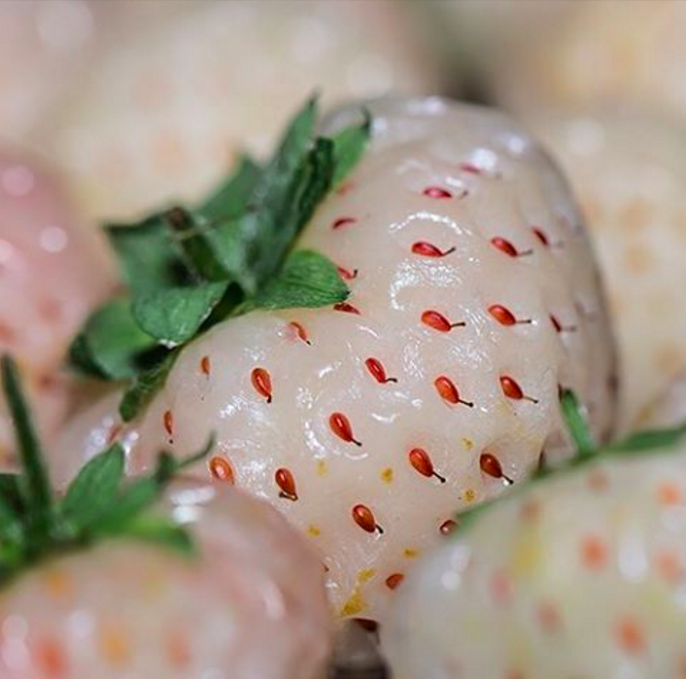
Photo courtesy of @simonbennetttv on Instagram
Though you’d think pineberries are a cross between a pineapple and a strawberry, they’re actually just a cross-pollinated hybrid strawberry. Pineberries are smaller, white strawberries with red seeds. They’re very fragrant, with a soft pineapple flavor. Pineberries are sold commercially in the U.S., as well as European restaurants, bakeries and wholesale markets.
Limequat (lime + kumquat)
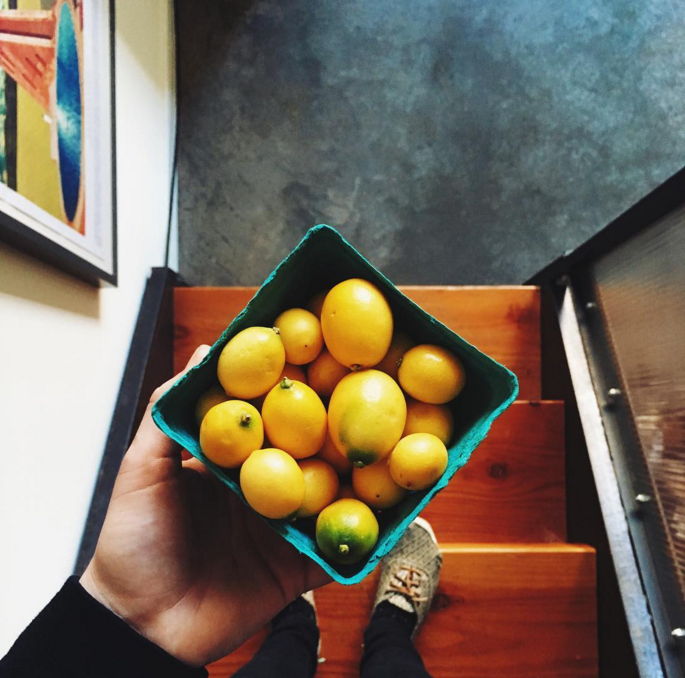
Photo courtesy of @wrightkitchen on Instagram
These are less sour than a lime, although it’s still too tangy for most people. Unlike a lime, however, their skins are soft and sweet with a hint of bitterness. They can be used in recipes that call for kumquats, such as jam or chutney.
Tangelo (tangerine + pomelo/grapefruit)
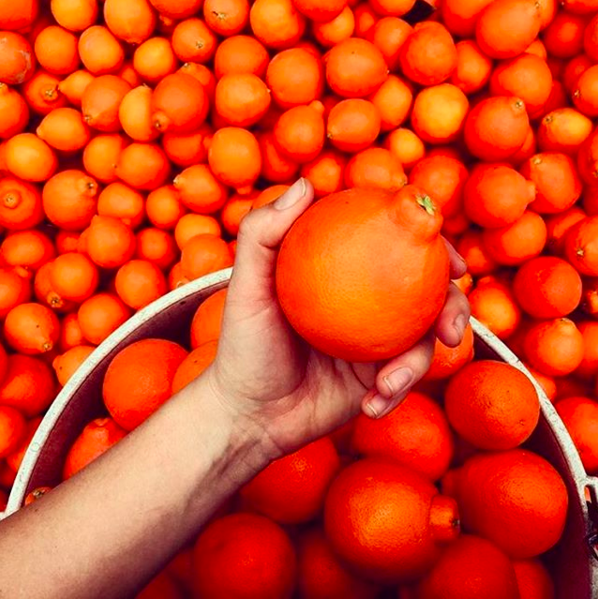
Photo courtesy of @cagrownofficial on Instagram
Apparently, these are sweeter than the tangerine. They’re also larger: they can be anywhere from the size of a typical sweet orange to that of a grapefruit.
Ugli fruit (grapefruit + orange + tangerine)
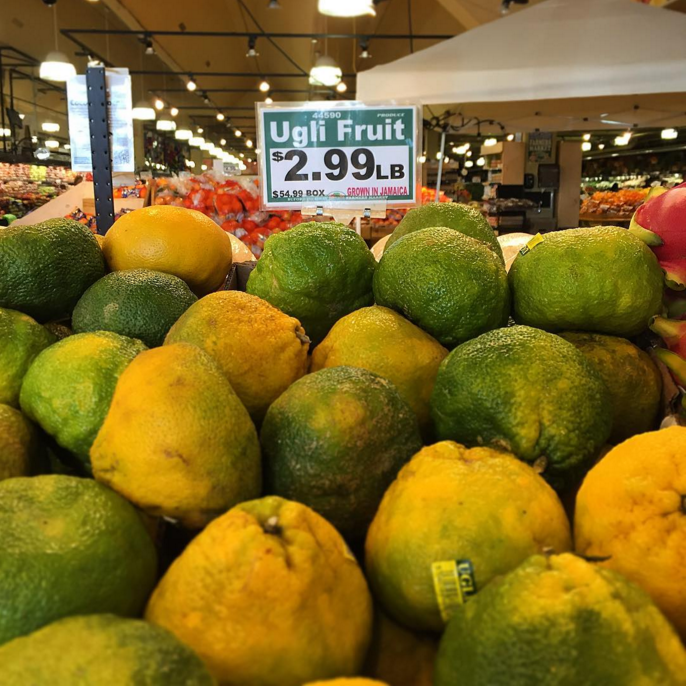
Photo courtesy of @leora_lena on Instagram
Apparently, it was found growing in the wild before Jamaicans began cultivating it. The name comes from its rough, wrinkly skin, which makes it quite ugly indeed. It’s the Jamaican version of the tangelo, but since that name was taken, we settled for “ugli.”


